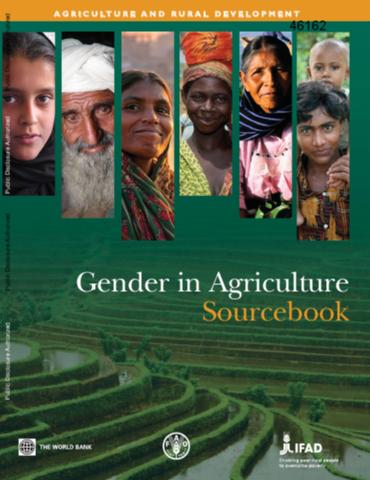Resource information
Three out of every four poor people in developing countries live in rural areas, and most of them depend directly or indirectly on agriculture for their livelihoods. In many parts of the world, women are the main farmers or producers, but their roles remain largely unrecognized. The 2008 World development report: agriculture for development highlights the vital role of agriculture in sustainable development and its importance in achieving the millennium development goal of halving by 2015 the share of people suffering from extreme poverty and hunger. Climate change and rising food prices are reminders of the need to focus on food security and agriculture for development; and the material presented in the gender in agriculture sourcebook suggests that accounting for the different roles of women and men and gender equality in access to resources and opportunities is a necessary condition for doing so. This sourcebook is a particularly timely resource. It combines descriptive accounts of national and international experience in investing in agriculture with practical operational guidance on to how to design agriculture for development strategies that capitalize effectively on the unique properties of agricultural growth and rural development involving women and men as a high-impact source of poverty reduction. It looks at gender equality and women's empowerment, and the associated principles have the potential to make a difference in the lives of hundreds of millions of rural poor.


